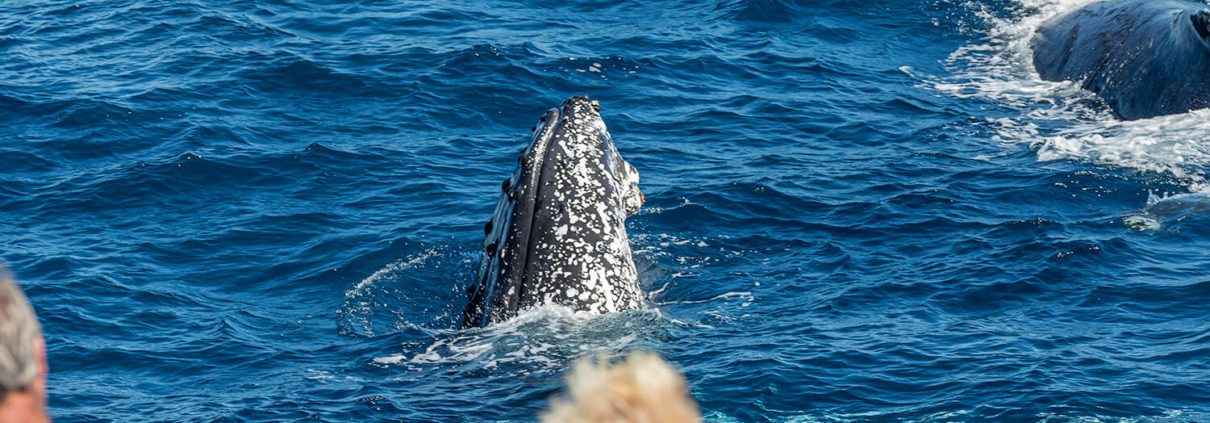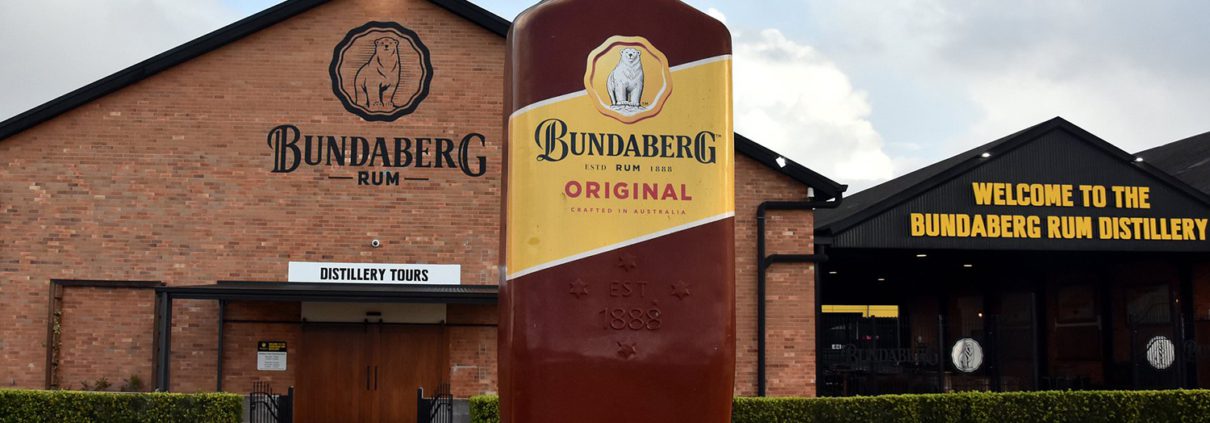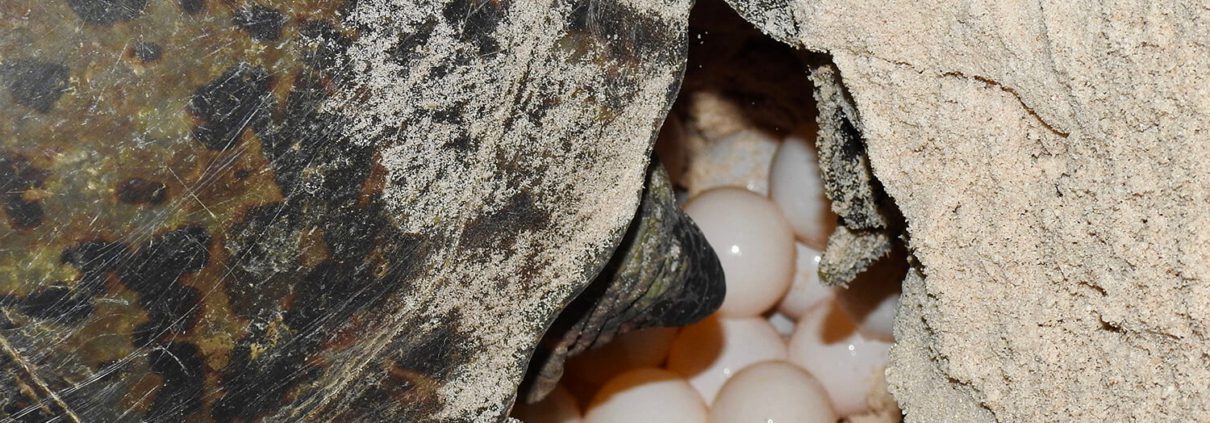Bundaberg Events
Looking for Bundaberg Events in 2022? We list all of the best events for you, your family and friends to enjoy in the beautiful city of Bundaberg. Find free and paid events at a glance.
Whale Watching Bundaberg
/0 Comments/in Bundaberg, Day Tours, Lady Musgrave Island, Whale WatchingBoth dolphins and whales are an iconic presence in the Great Barrier Reef, and are sacred for the Aboriginal people of the Keppel Islands and the Woppaburra people. They believe that the humpback whales are a saltwater totem that connects them to their ancestral land, their ancestors, and the sea to the land. There are around thirty species of whales in the Great Barrier Reef, and every year, some of these make their way to the pristine waters of Bundaberg, mainly from July to November.
This is the result of a migration from the waters of Antarctica to the Australian coast, so tourists can enjoy this majestic sight as the whales play and feed in the waters. The most common whales to make it to the Australian waters are the Humpback Whales. These marine giants are protected in the waters of the Great Barrier Reef, therefore, they find it to be an easy and safe place to breed and hunt in the waters.
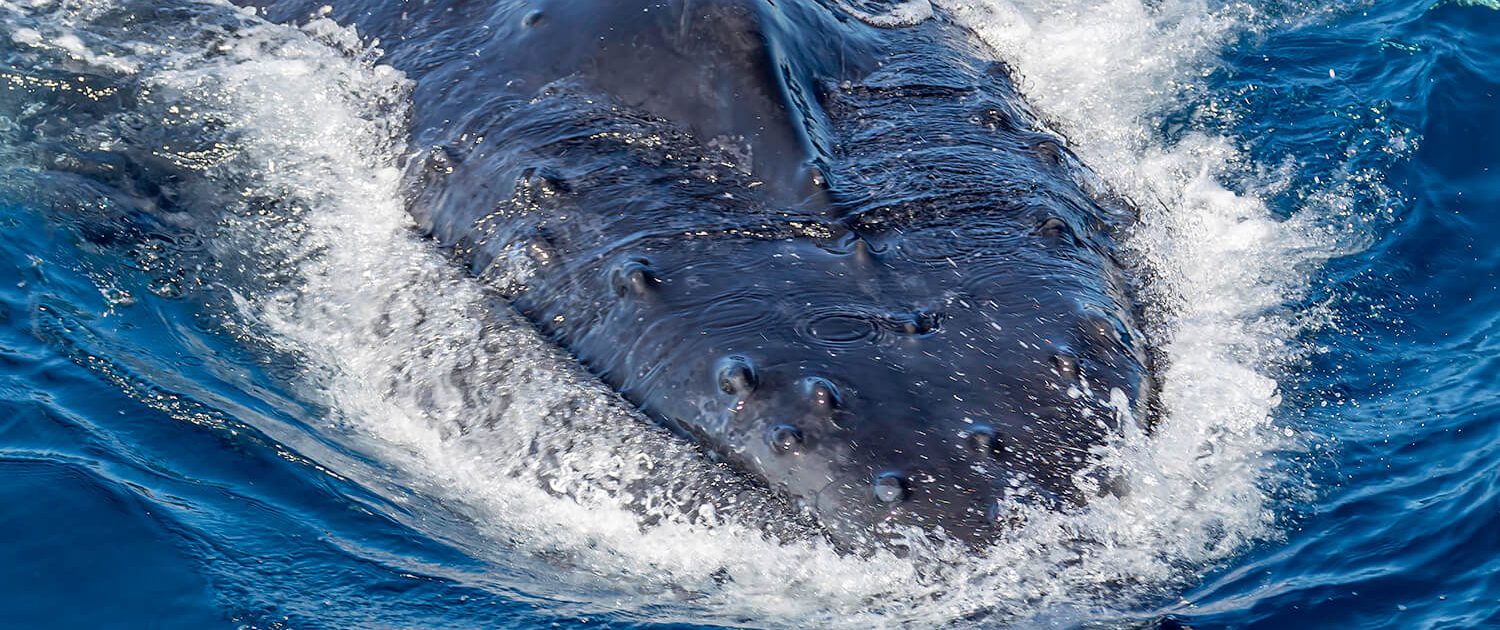
The Humpback Whales
Each year, humpback whales make a ten thousand kilometer journey to the subtropical waters so they can mate and reproduce. The journey is usually led by males, but calves and females join to make the herd bigger the closer they get to Australia.
The safe and warm waters are ideal for their young offspring as baby humpback whales have little body fat and require time to endure cooler temperatures. Here, they bond with and learn essential survival skills before venturing out into the open waters. Because of their protected status, all whales roam freely in the waters without human intervention save for guided and controlled tours that keep their distance from the animals but allow tourists to enjoy viewing them.
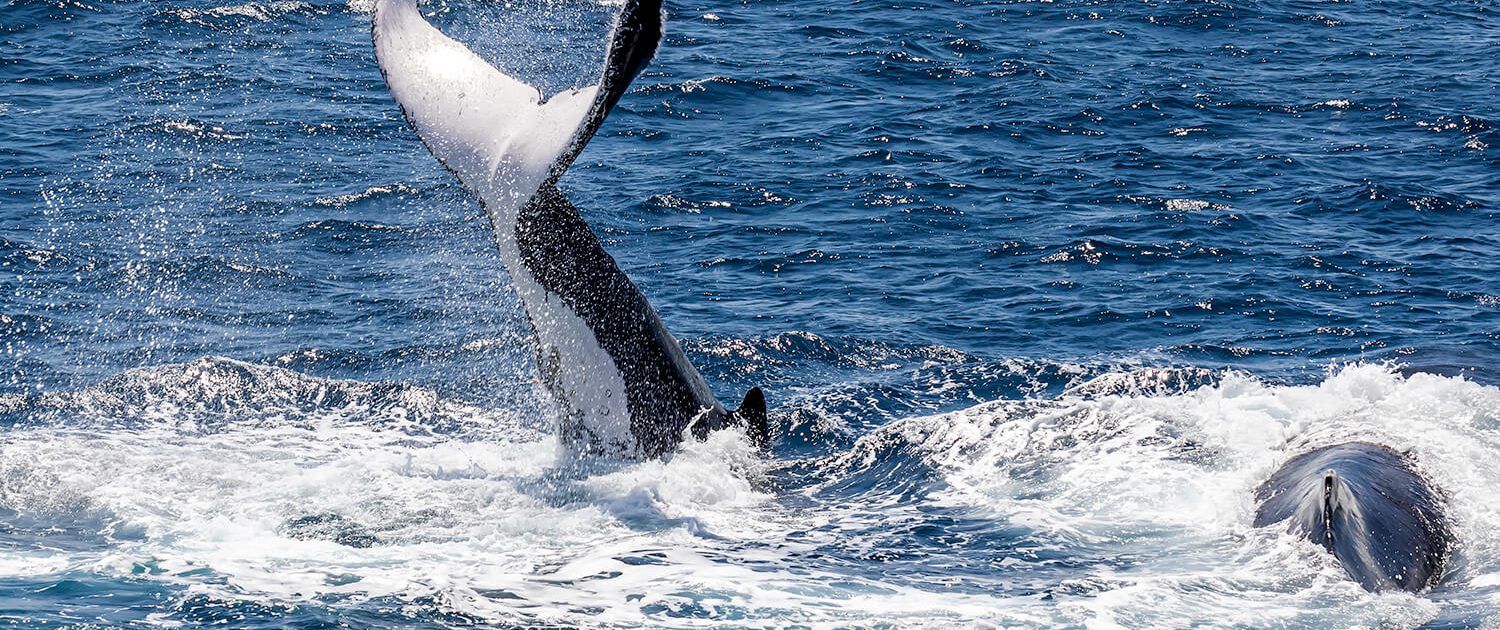
Bundaberg Whale Watching Tours
Multiple touring opportunities are available that offer whale watching in Bundaberg, without disturbing the reefs or the animals. As Bundaberg is the gateway to the South Barrier Reef, they can combine whale watching and a night’s stay at the scenic Lady Musgrave or Lady Elliot Islands. Most of the tours also include a light lunch and an air-conditioned boat to keep guests comfortable during the tours.
With a watching deck and informed commentary about the animals, these tours combine this fantastic opportunity with a chance to learn more about whales and the dolphins that sometimes like to join in the feeding and games.
Conclusion
The concern about the whales and other marine animals such as sea turtles has ensured that the whale watching and dining tours are safe and eco-friendly. Since these areas and conservation grounds, they offer refuge to a multitude of animals, not just whales.
The tourists are often given the chance to see all sorts of fish, whales, dolphins, and seals if the tourists are lucky enough. Research is constantly taking place to ensure that the waters remain clean and safe for these animals, so whatever tourism is offered to the Bundaberg coastline and the Southern Great Barrier Reef, is controlled and limited.
History Of Bundaberg Rum
/0 Comments/in Day ToursFounded in 1888, the Bundaberg Distilling Company was created to enhance the sugar industry’s profits and to utilize molasses, a byproduct of sugar refining. In 1889, the first batch of Bundaberg Rum was distilled, and by 1890, it reached interstate distribution. The distillery produced 22,500 gallons of rum in its first year and made its first profit in 1898, after a long period of financial struggle.
Frederic Buss, a Bundaberg businessman, played a crucial role in the distillery’s development. He owned several sugar refineries and several other local enterprises. In 1885, he made his first effort to secure investors for a distillery. Molasses was being dumped into the Burnett River during this time. He failed to gain investors’ confidence.
Aside from worries about the company’s financial viability, there were also moral concerns. The temperance movement was prominent in the late 19th century. Many considered rum manufacture to be an incentive for intoxication.
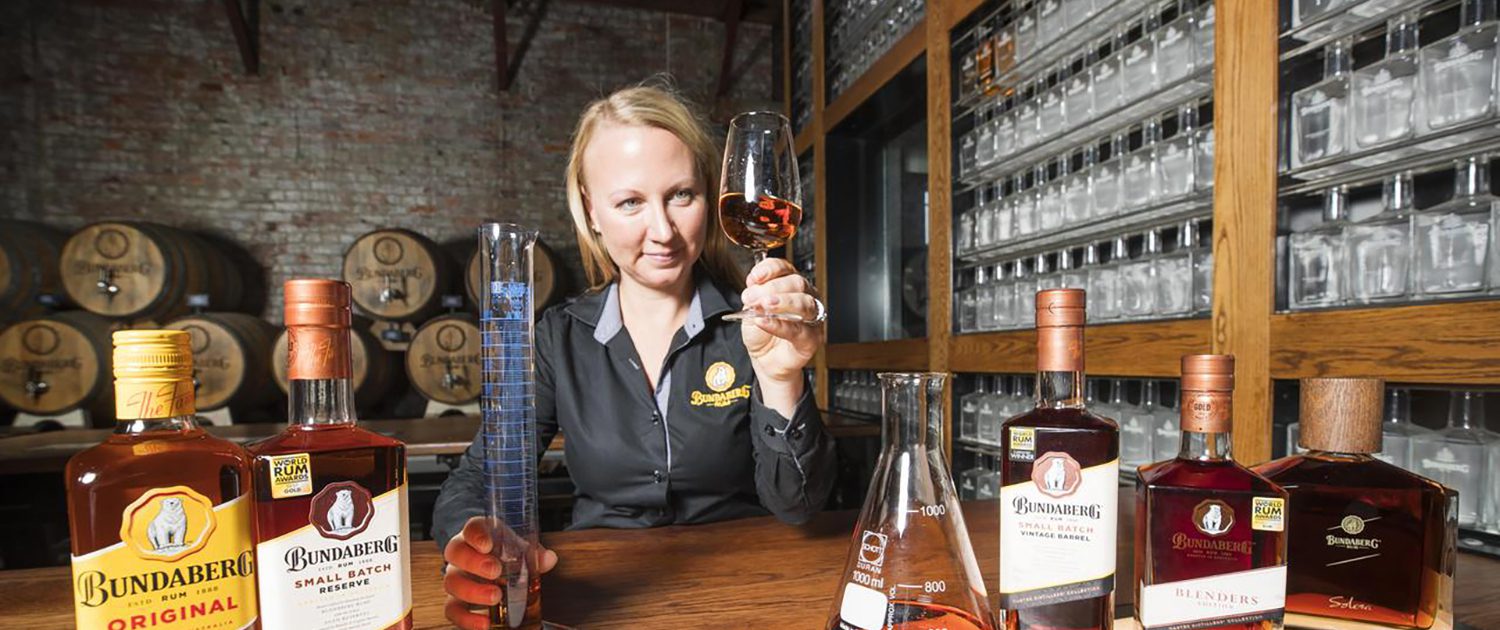
It was only in 1888 that Buss had the opportunity to set up a company with a group of local investors. The company was formally incorporated on November 22nd, 1888. Mr. S.H. Bravo, a stockholder, was chosen as manager due to his prior experience working in the West Indies rum-making industry. In its early years, the corporation was plagued by competitors, floods, and a low economy. In 1898, the firm was dissolved and revived under new shareholding, which ultimately resulted in profits.
Bundaberg Rum’s production was halted twice due to fires in 1907 and again in 1936. Molasses that had been burning in the second fire leaked into the Burnett River. First distributed and bottled by agencies, Bundaberg Rum eventually became in-house in the 1970s after a series of acquisitions.
Bundy Rum has a longstanding history with Australian diggers, dating back to the South African Boer War and lasting through both World Wars. Bundaberg Rum and Cola was created in 1942 to fulfill the needs of the visiting American military.
In 1912, the administration of the Bundaberg distillery was transferred to the nearby Millaquin sugar refinery, which in turn was acquired by the Bundaberg Sugar Company in 1975. Diageo, a multinational beer, wine, and spirits corporation, has owned Bundaberg Rum since 2000.
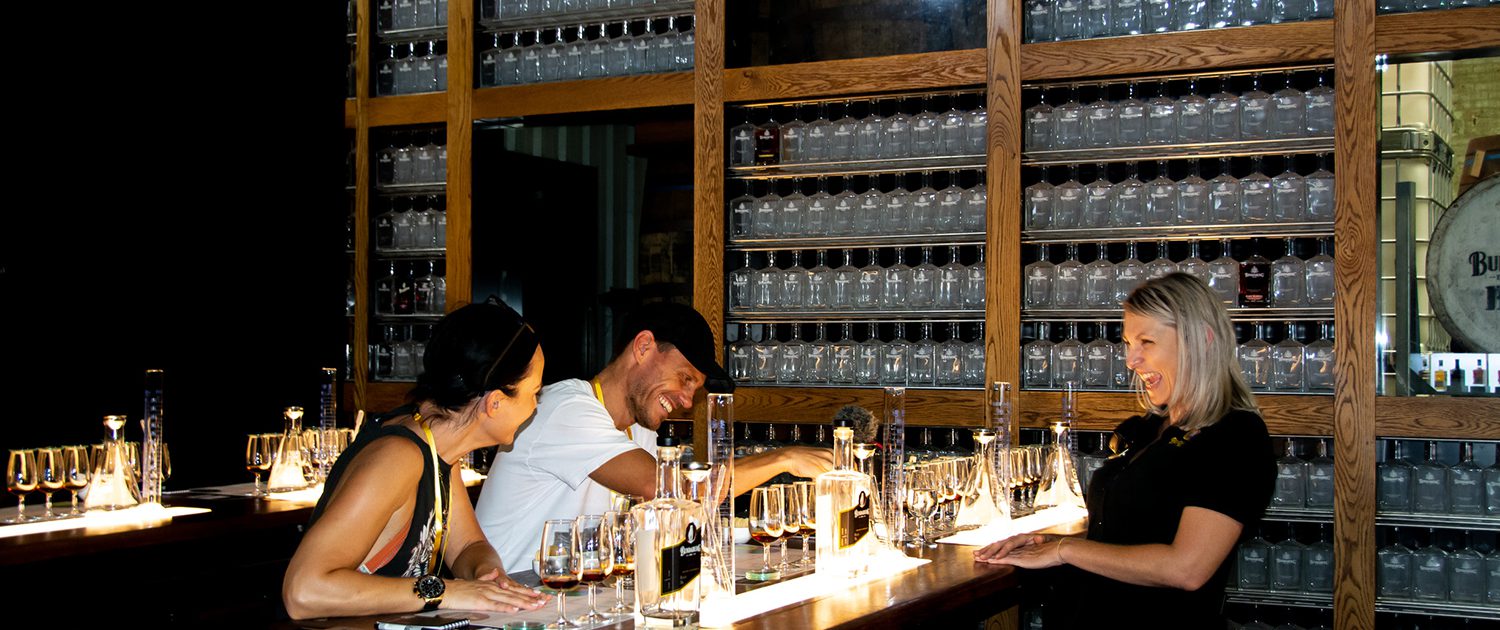
Bundy R Bear, a large white polar bear designed in 1961 to represent Bundaberg Rum from Queensland, is one of Australia’s most iconic mascots. Sam McMahon came up with the idea of using Bundaberg Rum to combat the cold of a frigid southern winter. McMahon also designed Bundaberg Rum’s unique brick-shaped bottle, as well as the three-piece label.
Bundaberg Rum’s distinctive brand has a strong link to its Queensland ancestry and customer values. When the National Trust of Queensland released the first-ever list of Queensland Heritage Icons, Bundaberg Rum was a natural inclusion.
The Bundaberg distillery now employs sixty locals, with more than 500 employees working in production, sales, and marketing across the country. It is most renowned for its ginger beer and other carbonated varieties, which it exports to more than 61 countries worldwide.
Mon Repos Turtle Encounter
/0 Comments/in Bundaberg, Day Tours, TurtlesThe Bundaberg Turtle season is a popular attraction on the coast of Australia. Every year from November to March, curious turtles make their way to the beaches of Lady Musgrave, Lady Elliot, and Mon Repos Islands. It brings a surge of tourism where tourists can see these animals and go snorkeling for a closer experience. Though the waters are open all year round for snorkeling, the Mon Repos Turtle Encounter is an experience all on its own.
Mon Repos is famous for turtle sightings as it has the largest count of marine turtles on the coasts of Australia. It also has the most significant loggerhead turtle nesting grounds in the South Pacific and Mon Repos is crucial to their survival, as their nesting is protected by both Rangers and authorities.
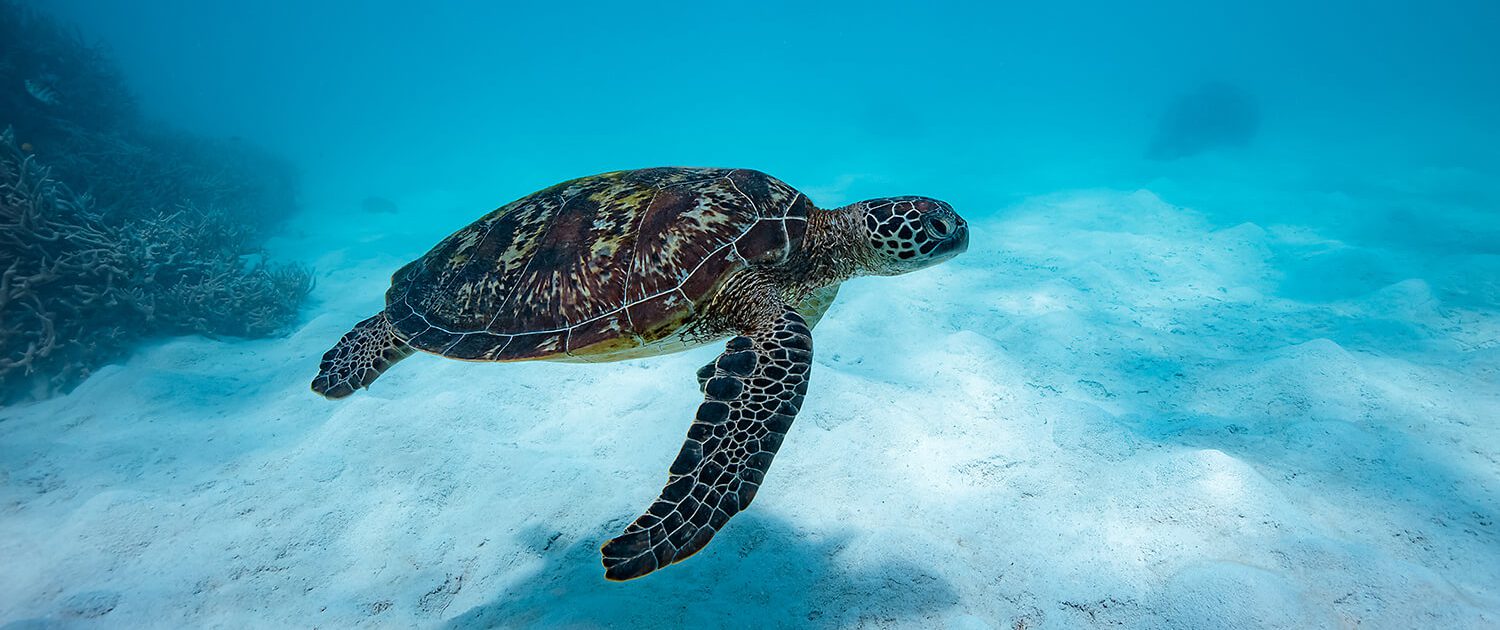
Things to know before the Mon Repos Turtle Encounter
Tourists need to know that the turtles are wild animals, therefore unpredictable. Even if they visit the coastline, it is not guaranteed that there will be a sighting of these shy animals. There are times that multiple turtles arrive at once or only a few at a time. Sometimes, they time their arrival around midnight. However, if they do arrive in groups, it gives multiple tours a chance to see them.
Another important factor to know is that these tours usually take hours, so tourists are generally advised to bring a book or some form of entertainment to keep themselves engaged without disturbing the environment. At times, the sighting is immediate, while sometimes it takes hours; so a long wait is expected, but usually, the tours are limited to five hours in Mon Repos.
Planning is advised, as is packing for the beach, and being well-aware of the restrictions. Usually, restrictions are placed on anything that will disturb or alarm the animals, such as light-up shoes or glow sticks. Photography is allowed in limited periods and video recording is allowed without a constant source of light. Devices that do not have a sharp light, such as a GoPro, are permitted, but anything too bright, will not be allowed during the turtle sighting.
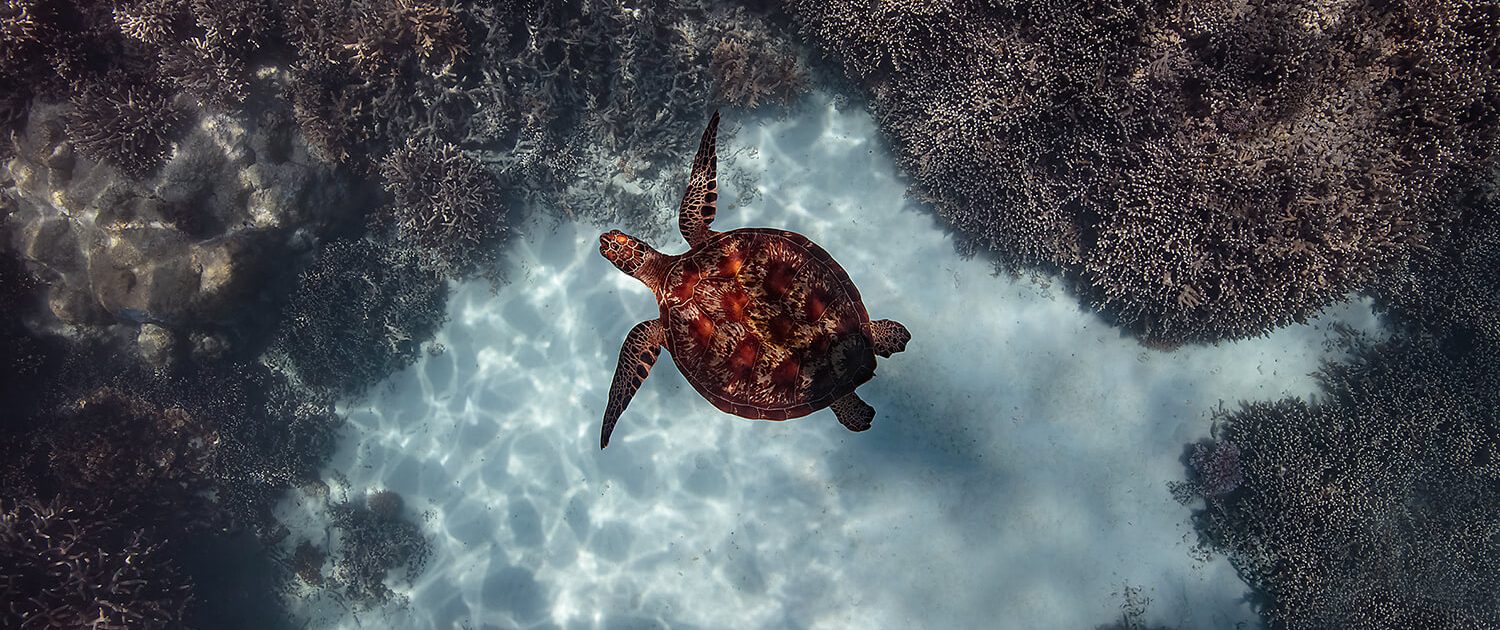
During the Sighting
Once the tour guide gives the go-ahead, tourists will be expected to follow the rules and listen to the guides and rangers that will escort them. Bright lights and sudden movement will be prohibited, but visitors will be allowed to take photographs when the guides signal them to. No interaction with the turtles will be permitted, however, recording their arrival to the beach and seeing them dig their nests will be. The whole experience requires time and patience to fully enjoy.
Conclusion
After the pictures and videos have been taken, tourists are often encouraged to post them online and raise awareness about endangered species, such as the loggerheads. They are also told about the different efforts made by officials and volunteers to save various species of marine life and to limit the carbon footprint left by visitors to the island so that others who visit are more careful and respectful of these coastal areas.

